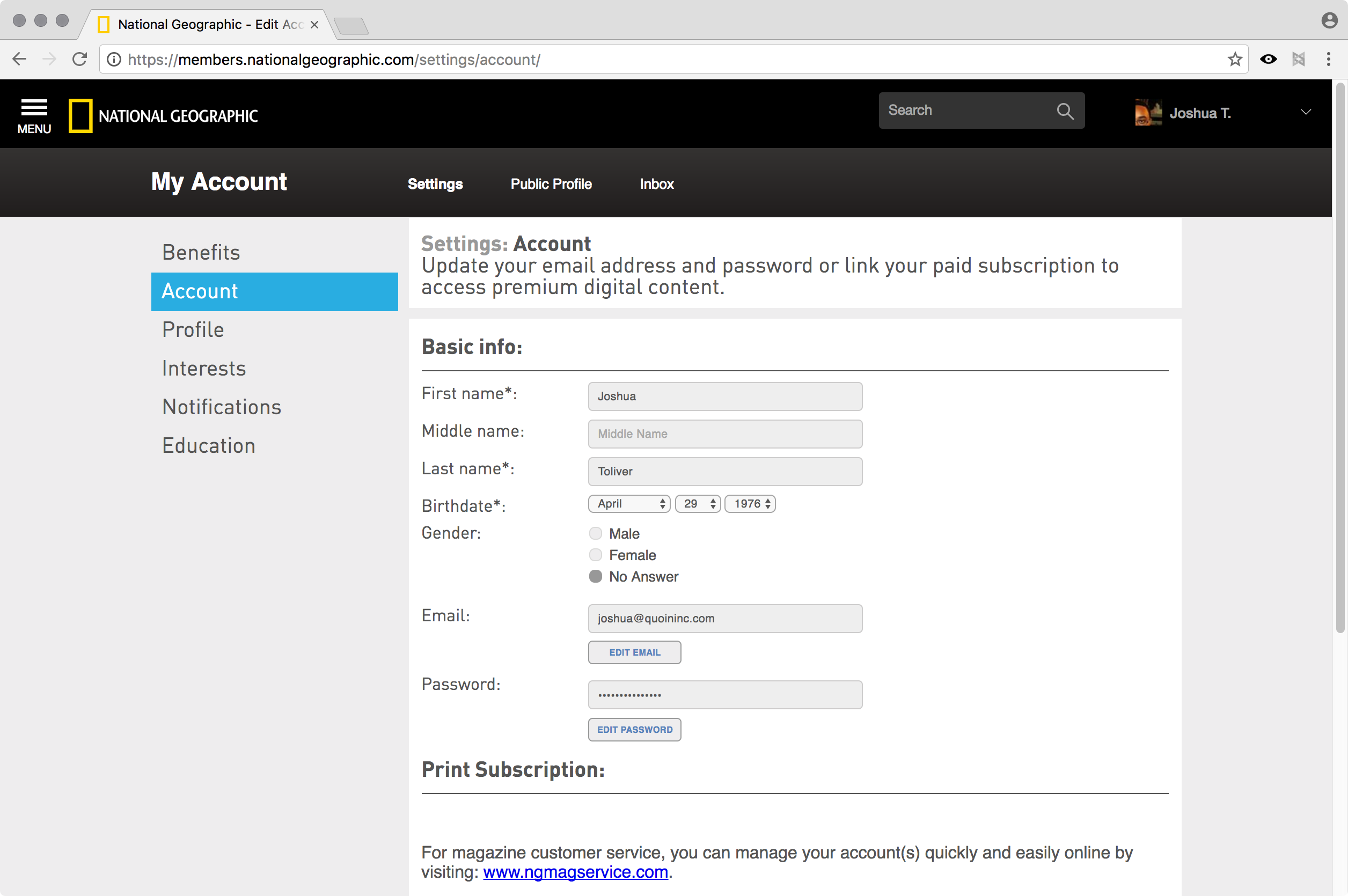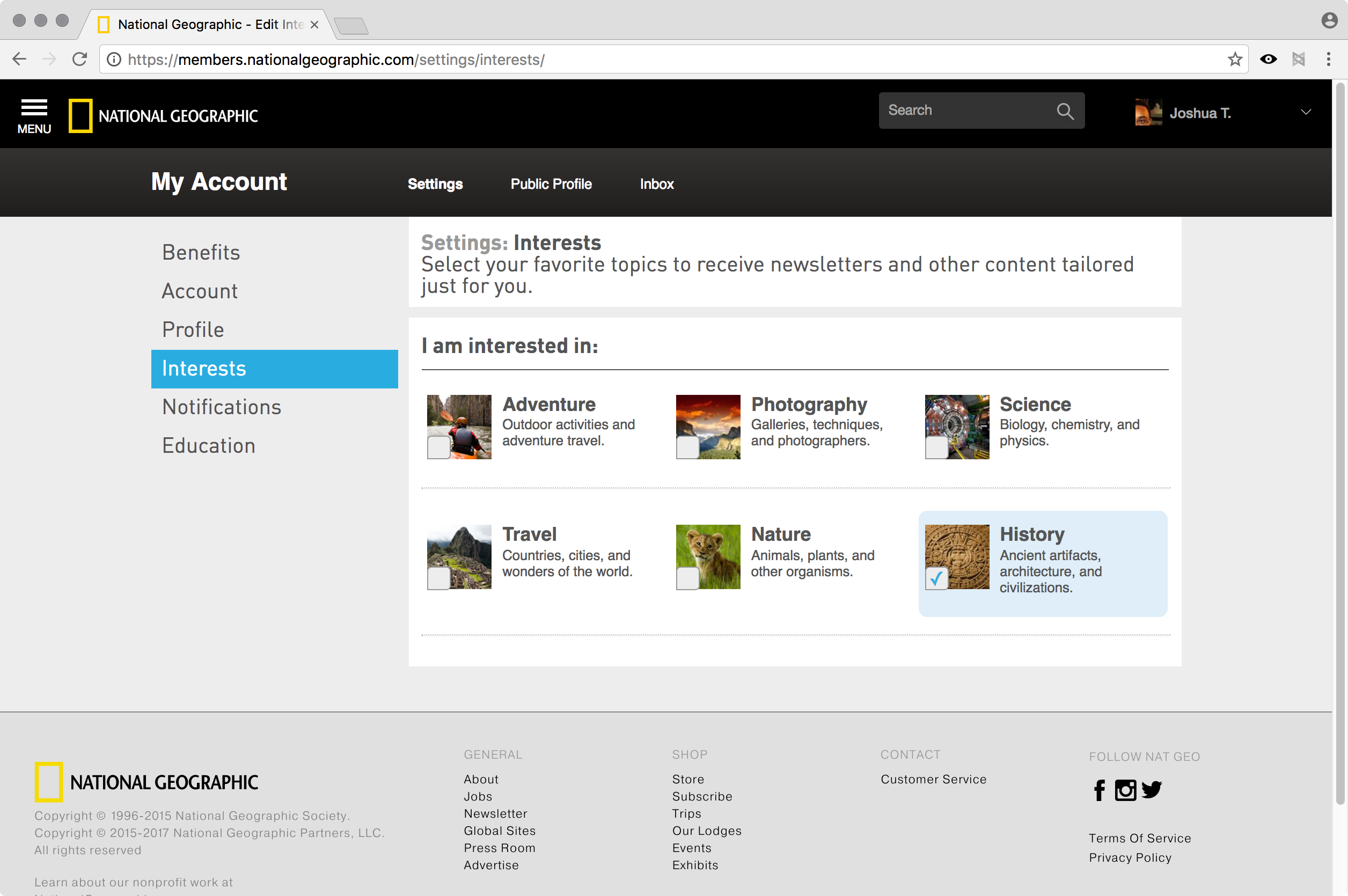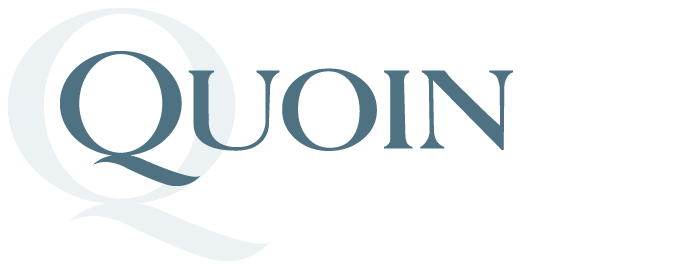
The National Geographic Society, founded in 1888, is one of the most recognized scientific and educational institutions in the world. This global media brand had a strategic goal to improve its online services and promote a greater sense of membership for website users and subscribers.
Quoin’s dedicated project team was responsible for the system architecture, design, and implementation of the new membership platform and online community. As a key part of the Identity & Engagement Platform project, Quoin defined the system architecture, including APIs and integration with enterprise services. In particular, our team was responsible for implementing the application services that are used by user-oriented applications, such as the Your Shot member photo website. Our project team built native and social media registration, login, user profiles, and other end-user features. A key component was a lightweight, cross-site membership header that provided a consistent design and access to login and registration features for several NGS sites. We also implemented the member database; as well as integration with external systems for social sign-on (Gigya), commenting (Livefyre), email fulfillment (Responsys), and data warehouse (Epsilon). The technologies used included the Django application framework, JavaScript, HTML5/CSS, and PostgreSQL.
"The technologists from Quoin drove the development of a sophisticated new social media platform that has enabled the Society to engage over 1 million members, and counting."
- Jeff Rule, SVP of Architecture & Planning at National Geographic
In production, Quoin continued to support development and new strategic initiatives for this client with a dedicated team of project management, engineering, and quality assurance staff. We also supported other projects and technology initiatives as a strategic partner with the Society, including integration with the subscription management system (TCS) and development of a content management site for the Society’s ‘Geography Bee’ program. Our dedicated project team - which consisted of a project manager, technical lead, and 6 engineers - continued to support the platform and other member-oriented features in production.



